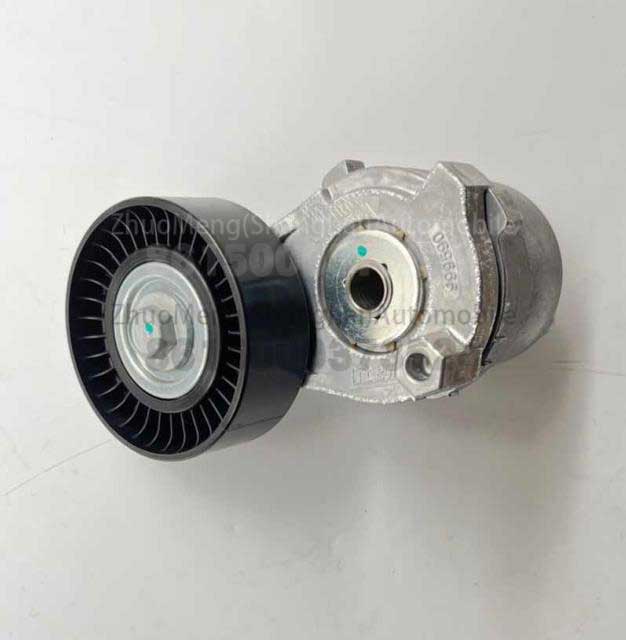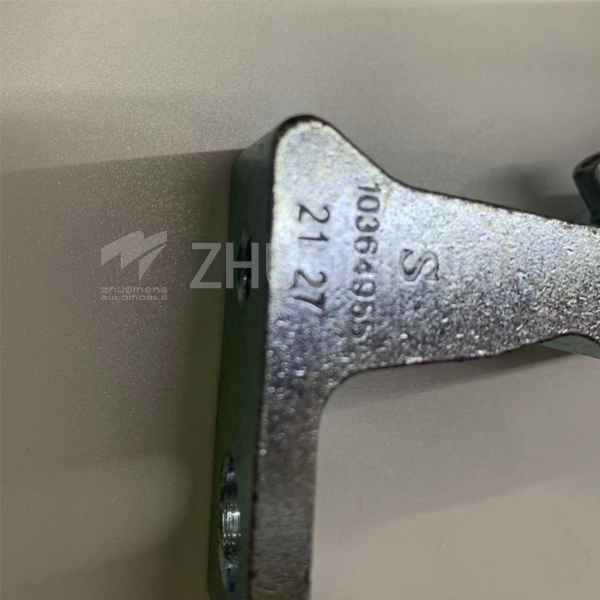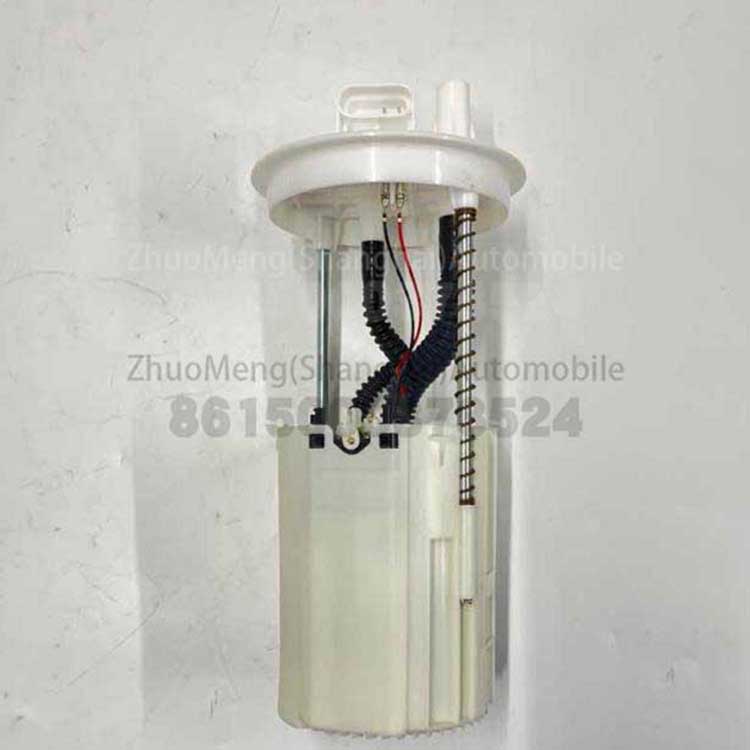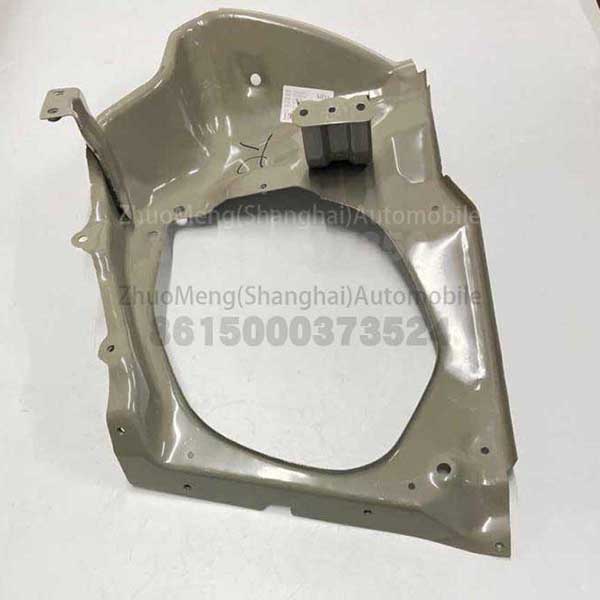Good Wholesale Vendors Mg 6 Autoparts - SAIC MG 6 Auto Parts Water pump factory 78184099 – Zhuomeng
Good Wholesale Vendors Mg 6 Autoparts - SAIC MG 6 Auto Parts Water pump factory 78184099 – Zhuomeng Detail:
Products information
| Products name | Inlet branch pressure sensor |
| Products application | SAIC MG 6 |
| Products OEM NO | 10290359 |
| Org of place | MADE IN CHINA |
| Brand | CSSOT /RMOEM/ORG/COPY |
| Lead time | Stock,if less 20 PCS,normal one month |
| Payment | TT Deposit |
| Company Brand | CSSOT |
| Application system | Power |
Products knowledge
Air intake pressure sensor (ManifoldAbsolutePressureSensor), hereinafter referred to as a MAP. It is connected to the intake manifold with a vacuum tube. With different engine speed loads, it can sense the vacuum change in the intake manifold, and then convert the change of resistance inside the sensor into a voltage signal, which can be used by the ECU to correct the injection amount and ignition timing Angle.
In the EFI engine, the intake pressure sensor is used to detect the intake volume, which is called D injection system (velocity density type). The intake pressure sensor detects the intake volume is not directly detected like the intake flow sensor, but indirectly detected. At the same time, it is also affected by many factors, so there are many different places in the detection and maintenance from the intake flow sensor, and the fault generated also has its particularity
The intake pressure sensor detects the absolute pressure of the intake manifold behind the throttle. It detects the change of the absolute pressure in the manifold according to the engine speed and load, and then converts it into a signal voltage and sends it to the engine control unit (ECU). The ECU controls the basic fuel injection amount according to the size of the signal voltage.
There are many kinds of inlet pressure sensors, such as varistor type and capacitive type. Varistor is widely used in D injection system because of its advantages such as fast response time, high detection accuracy, small size and flexible installation.
Figure 1 shows the connection between the varistor intake pressure sensor and the computer. FIG. 2 shows the working principle of the varistor type inlet pressure sensor, and R in FIG. 1 is the strain resistors R1, R2, R3 and R4 in FIG. 2, which form the Wheatstone bridge and are bonded together with the silicon diaphragm. The silicon diaphragm can deform under the absolute pressure in the manifold, resulting in the change of the resistance value of the strain resistance R. The higher the absolute pressure in the manifold, the greater the deformation of the silicon diaphragm and the greater the change of the resistance value of the resistance R. That is, the mechanical changes of the silicon diaphragm are converted into electrical signals, which are amplified by the integrated circuit and then output to the ECU
OUR EXHIBITION
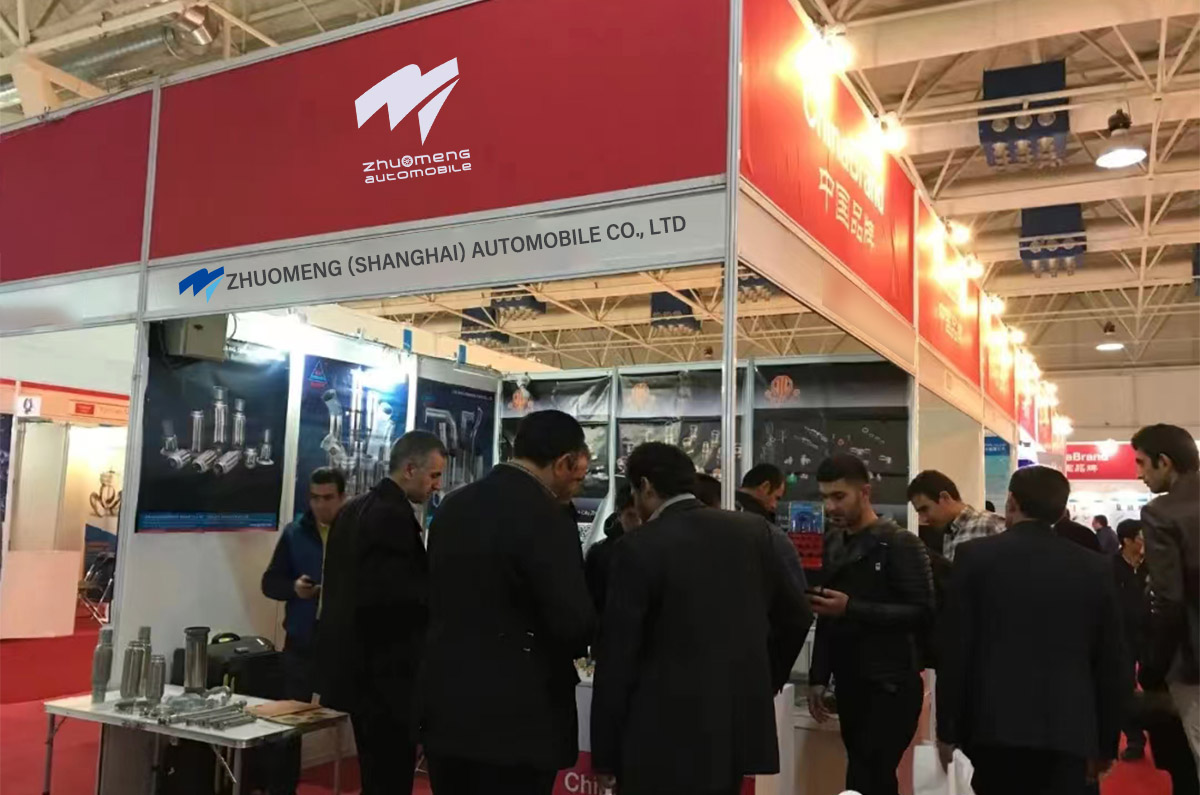
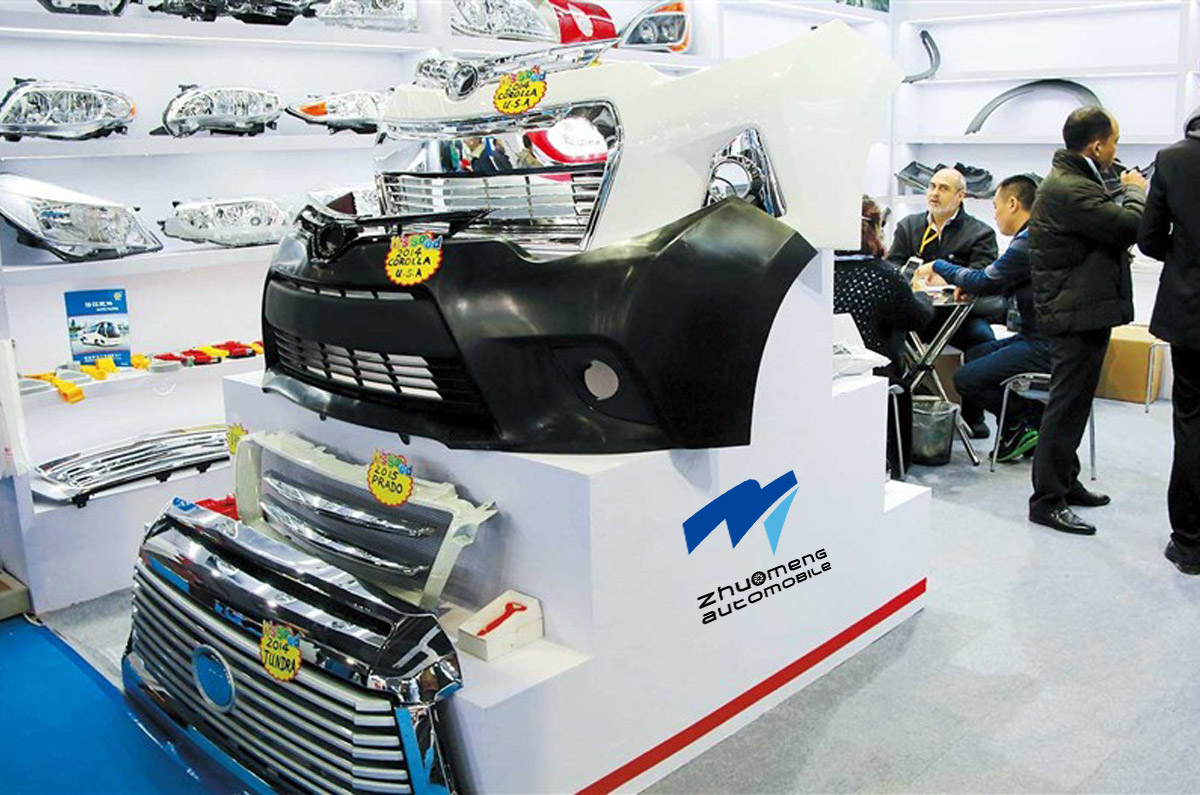

Good Feetback
Products catalog
Related products
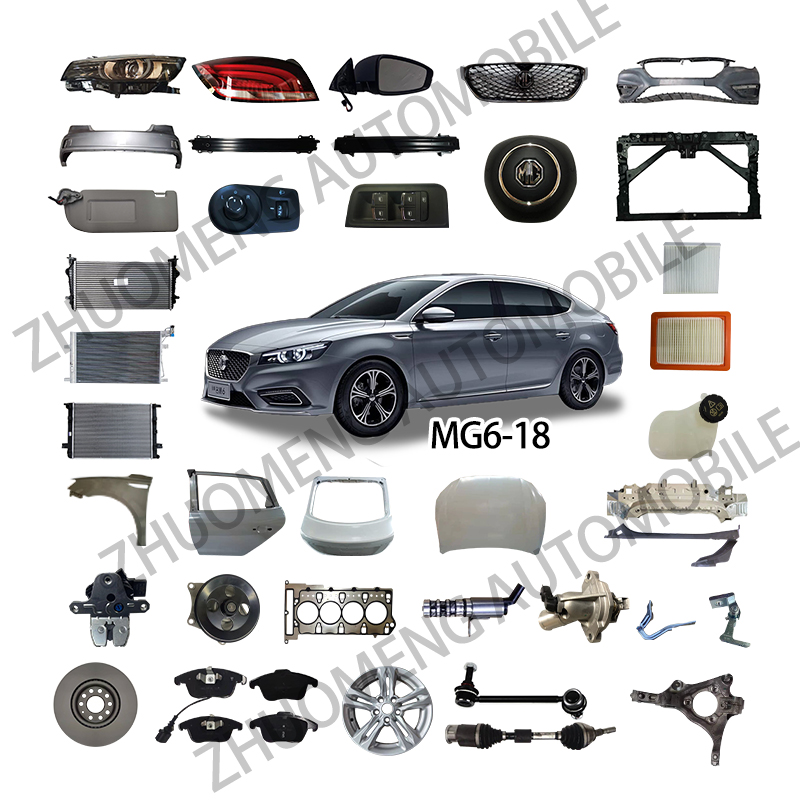
Product detail pictures:
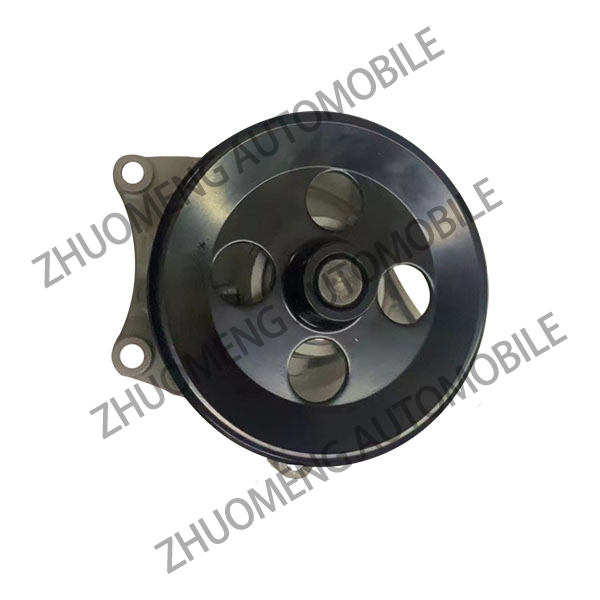

Related Product Guide:
To be a result of ours specialty and service consciousness, our company has won a superb reputation between customers all around the environment for Good Wholesale Vendors Mg 6 Autoparts - SAIC MG 6 Auto Parts Water pump factory 78184099 – Zhuomeng , The product will supply to all over the world, such as: Miami, Argentina, Ghana, We follow superior mechanism to process these products that ensure optimum durability and reliability of the products. We follow latest effective washing and straightening processes that allow us to offer unmatched quality of products for our clients. We continually strive for perfection and all our efforts are directed towards attaining complete client satisfaction.
The factory has advanced equipment, experienced staffs and good management level, so product quality had assurance, this cooperation is very relaxed and happy!



